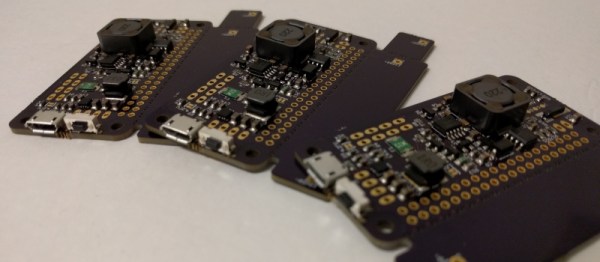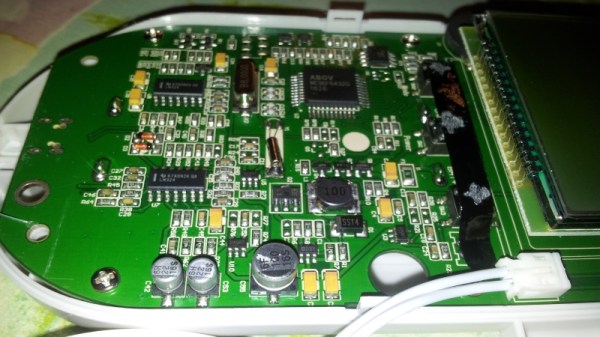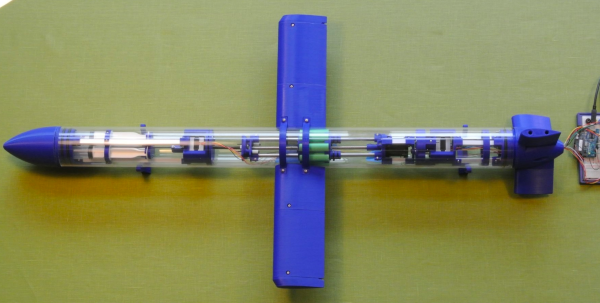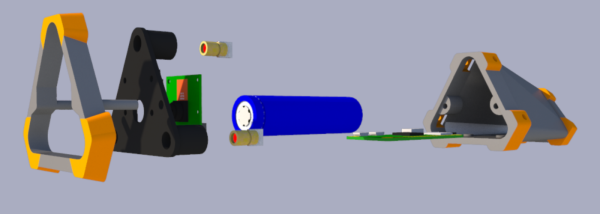One of the biggest trends in whatever market ‘Maker’ stuff belongs to is the Legofication of electronics. Building electronics is hard, if you haven’t noticed. Anything that turns transmission lines, current loops, and RF wizardry into something a five-year-old can use has obvious applications to education. For his Hackaday Prize entry, [Jeremy Gilbert] is building a fast, intuitive, modular way to explore electronics. It’s easier to use than the 100-in-1 Radio Shack spring clip kits, and you can actually make useful projects with this system.
MakerNet is [Jeremy]’s solution to the problem of complicated electronics, Arduinos connected to breadboards with DuPont cables, and apparently, to actual electronic Lego sets. The core of this system is built around the Atmel SAM D21 microcontroller, an ARM Cortex-M0+ chip that has more than enough processing power for anything deserving of the ‘maker’ label. This mainboard connects to devices through what is basically an I2C bus. Each module in the system has an in and out header. A small SAM D11 (available for $1 USD) on each module handles all the communications.
Right now, [Jeremy] is experimenting with a dozen or so modules including a captouch board, an LED matrix, OLED display, rotary encoders, and lots of blinky LEDs. It’s just a prototype, but that’s exactly what we’re looking for at this stage of the Hackaday Prize. After looking at the video [Jeremy] produced (below), there’s a lot of promise here.










 The Raspberry Pi uses the camera board plus some forward-pointing laser dots as a rangefinder; as long as at least two laser dots are visible on the subject, the distance between the device and the subject can be calculated. The Pi then uses the knowledge of how near or far the subject is to present a final image whose zoom level has been adjusted to match (and offset) the range of the subject from the camera, in effect canceling out the way an object appears larger or smaller based on distance.
The Raspberry Pi uses the camera board plus some forward-pointing laser dots as a rangefinder; as long as at least two laser dots are visible on the subject, the distance between the device and the subject can be calculated. The Pi then uses the knowledge of how near or far the subject is to present a final image whose zoom level has been adjusted to match (and offset) the range of the subject from the camera, in effect canceling out the way an object appears larger or smaller based on distance.










